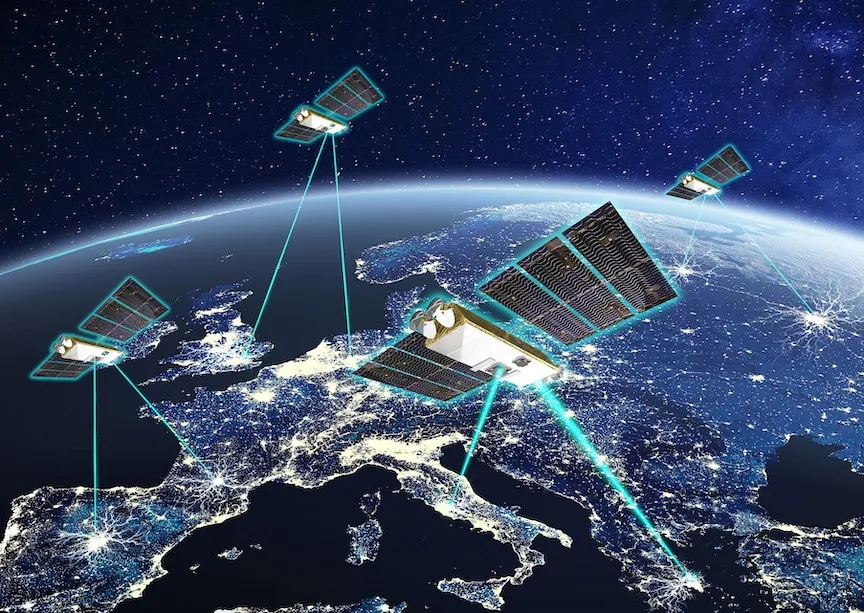On Thursday, a consortium that receives funding from the European Union (EU) announced that it is in the process of creating sensors that will facilitate the precise navigation of satellites and allow drones to operate for extended periods of time
To enhance the efficiency and affordability of space missions, the INPHOMIR project intends to develop two novel ultra-low-power sensors: an optical gyroscope and a specialized lidar sensor.
Horizon Europe, a European Union funding program for research and innovation, is responsible for the project’s financing, which amounts to approximately 5 million euros ($5.38 million).
Satellite navigation sensors may encounter difficulties in adverse environments, including smog, dust, and low visibility. Significant trajectory and positioning anomalies can be caused by even minor measurement errors, which could result in operators incurring millions of dollars in associated costs.
The INPHOMIR project is constructing its sensors on indium phosphide. This material has been demonstrated to enhance efficacy and reduce the weight and size of photonic integrated circuits, which are microchips that utilize light to transmit and process information.
The consortium also believes that the technology could ultimately assist in powering sensors utilized in self-driving cars and drones.
“The advanced sensing technologies we are developing will ideally improve the accuracy of satellite positioning, ensure the success of space exploration, and improve navigation for interplanetary missions,” stated Daniele Palaferri, the project coordinator of INPHOMIR.
The increasing demand for satellite-based communication services, navigation, and the collection of data and images has resulted in a significant increase in the number of satellites operational in space, making navigation difficult.
Satellites attempting to maintain their orbit are also at risk of collisions with debris, including expended upper stages of rockets, damaged satellites, and other objects.



